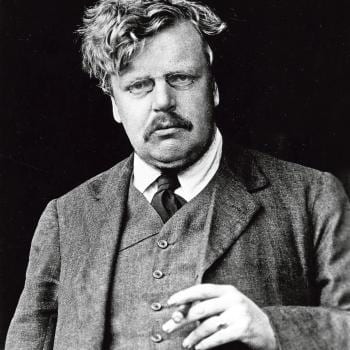Having said that, Muslim readers whose primary interest is isolating themselves from unorthodox uses of Islamic texts and imagery would be well advised to steer clear of this book. There are graven images of prophets galore, though the Prophet Muhammad, who is shown once, appears without a face. Short passages of text from the Qur'an occur in close proximity to depictions of nakedness. Reading the book, I reflected wryly that I should really have made wudu (ablutions made before Muslims perform prayer) beforehand, something I never thought I'd have to do before picking up a graphic novel.
Before diving into Habibi, Muslim readers of all stripes should ask themselves the following questions: Is the Qur'an bigger than we are? If a non-Muslim is able to derive wisdom from it—heterodox wisdom, but wisdom nonetheless—should we respect it? I am tempted to say yes to both. The Qur'an is God's property, not mine. To me, the fact that it can inspire a Christian-raised artist from Michigan is evidence of its beauty.
However—and Craig Thompson, if you're reading this, take heed—I realize that I am in the minority on this point. Habibi is the sort of book that could cause problems in the wrong hands, even in a post-Bin Laden world where extremists are rapidly discrediting themselves in the eyes of ordinary Muslims (those fabled ordinary Muslims...). In fact, I considered not writing this review in the interest of keeping Habibi off the radar of the shady characters that patrol the fringe of the Muslim community.
But in the end, I thought it was more important for me, as a Muslim graphic novelist, to address the book candidly as a work of art and in doing so demonstrate that it is possible for a practicing Muslim to separate the escapism of fiction from the reality of faith. Habibi is a complex and unapologetic work of fantasy—no idle undertaking for readers of any faith or no faith at all, but one well worth the trouble.




